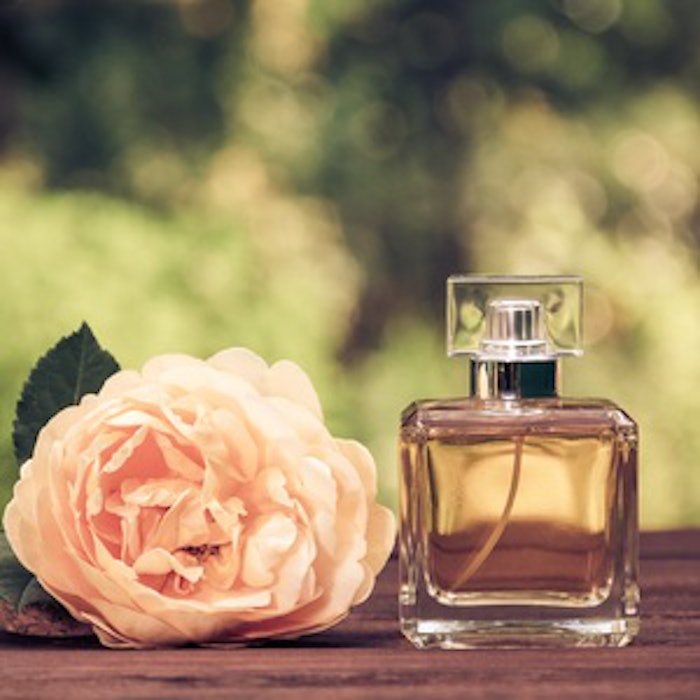
Considering the elasticity of the term in recent years, defining natural can be a complex task, especially in fragrance and personal care. As Daniel Fabricant, vice president of scientific and regulatory affairs at the Natural Products Association (NPA; naturalproductsassoc.org) puts it, “With the term ‘natural,’ especially in personal care, it just seems to be free range. Labels are daunting for consumers, but also for some retail people. The most natural thing in [some] peoples’ products is the picture of the flower on it. If the independent natural products retailers that have been doing this for years were confused, you can be assured that there was confusion at the mass-market level and across other channels.”
Jack Corley, executive vice president of Trilogy Fragrances, works closely with colleagues such as Burt’s Bees’ chief marketing and strategic officer Mike Indursky and Aubrey Organics’ general manager Curt Valva in concert with the NPA and adds, “When we [Trilogy] sit and talk with customers, they say ‘there are too many standards out there.’ They confuse the natural standards all the time with the organic standards. It’s a constant problem. You have to try and educate them, even the bigger companies. They link the two together [inherently]. We fully support what these committees are doing on the organic side … but there are just too many standards. Of course organic products have to be natural, but not all natural products are organic. What my customer base has been asking me is:
“I’m going to come out with this skin cream and I don’t know if it’s as natural as I can get it, but I can’t get foaming agents in the organic world, but I know that some of these foaming agents are made from plant materials—they’re natural, but they’re not regulated under USDA NOP. But I still want to do the best I can to introduce a product that’s good for the consumer. Why can’t I just call it natural?”










